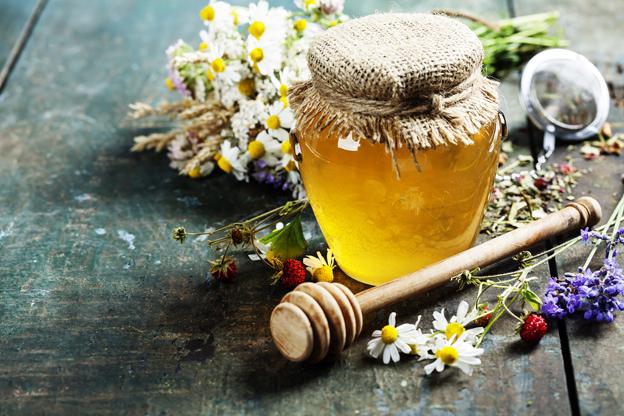Bees are big business. Bees are probably one of the world’s most important insects. They are prolific pollinators that play a major part in the farming industry worldwide. Many scientists argue that without bees, there’d be a serious decline in the amount of fruit and vegetables produced commercially.
Sadly, the international honey bee population has been dwindling for many years. Science argues the reasons, citing everything from an increase in natural parasites through to neonicotinoids found in insecticides. Whatever the reason, bee keepers are doing everything in their power to retain the colonies they still have.
One method is to bring in bees from other countries that seem to be more robust. The Italian honey bee, Apis mellifera ligustica, is now thought to be the world's most widely distributed honey bee due to the prolific egg laying of the queens. To increase their existing colonies, many beekeepers in warmer climates are splitting their hives and introducing an Italian queen to create a new one.
The Italian honey bee is thought to originate from the central and upper southern regions of continental Italy. Its reliability has led to its distribution throughout the remainder of Italy almost to the detriment of other species, particularly during the 1970s in Sicily where the sub species Apis mellifera sicula, the black bee, evolved. Because of the prolific nature and increased honey production, Sicily’s native bee was overlooked and it faced extinction; thanks to Sicilian farmers and honey enthusiasts, the numbers have now recovered.
The Italian honey bee is smaller in comparison to most others and has a brown body with yellow bands. It has an even temperament with many keepers saying they have no need for smoke to keep the colony docile when harvesting the honey. There is however a drawback to the introduction of the Italian queen to other bee species in that some hybrids have a tendency to breed more aggressive offspring.
The positives that entice breeders to introduce the Italian queens into their hives is the bees ability to forage: they are excellent pollen collectors, a fastidious insect whose cleanliness lowers the chances of disease and prolific breeders. The downside is that they can have a tendency to over-breed, meaning a lower honey yield and, in case of a limited supply of nectar, they also will steal honey from other hives.
The EU produces 13% of the world’s honey, with Spain being the major exporter, while Italian honey is mostly sold in Italy with only a small portion being shipped abroad. In fact the consumption of honey in Italy has remained stable at around 18,000 tonnes per year.
Most Italian-produced honey sold is often referred to as millefiori, meaning a thousand flowers, however many regions produce speciality honey, ranging from dark chestnut through to pale eucalyptus honey and, particularly in Sicily, fragrant orange blossom honey.
Reputably, the best Italian honey is said to come from the Lunigiana region of Liguria and northern Tuscany, but wherever or whatever, with the help of the humble Italian honey bee, keepers all over the world are hoping to maintain their existing colonies.













